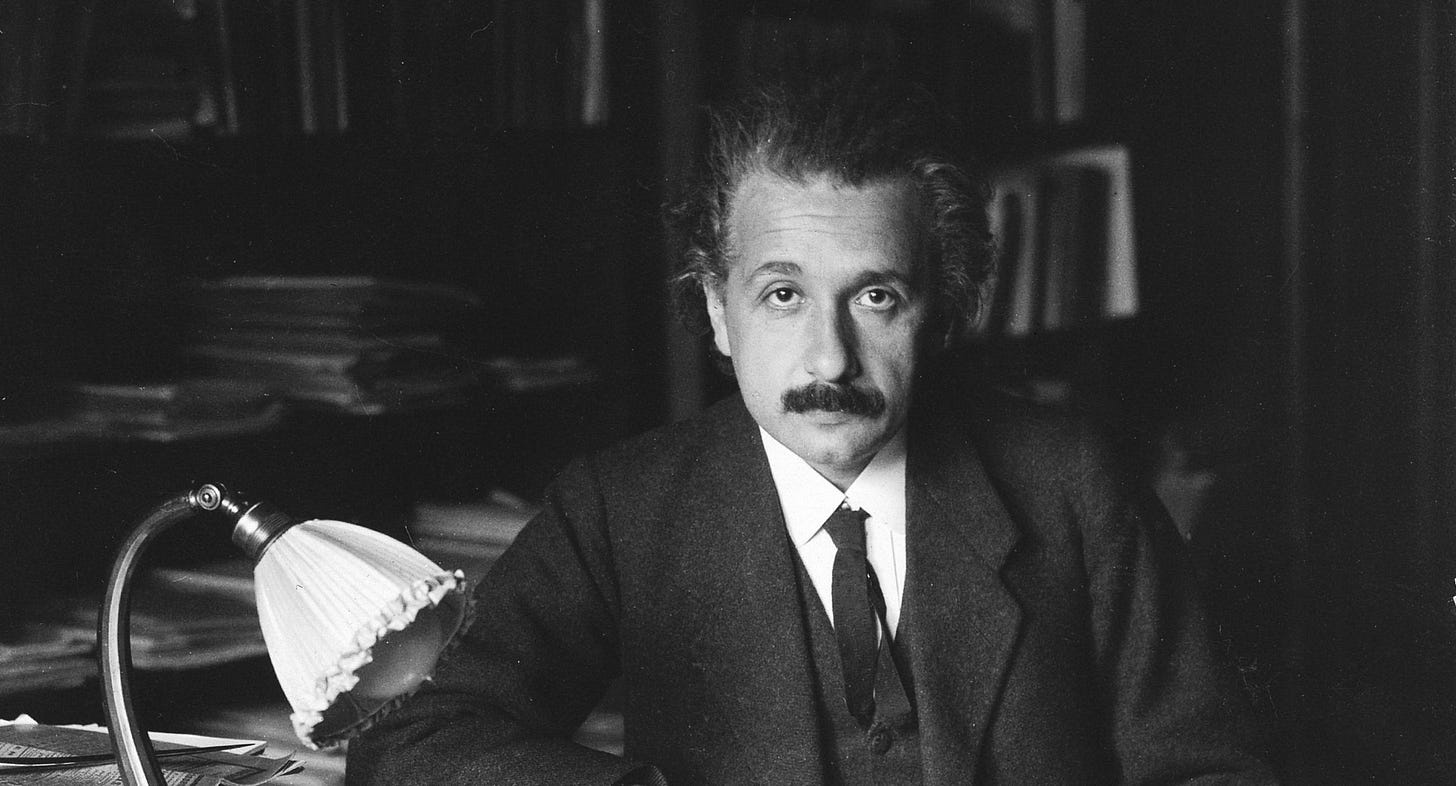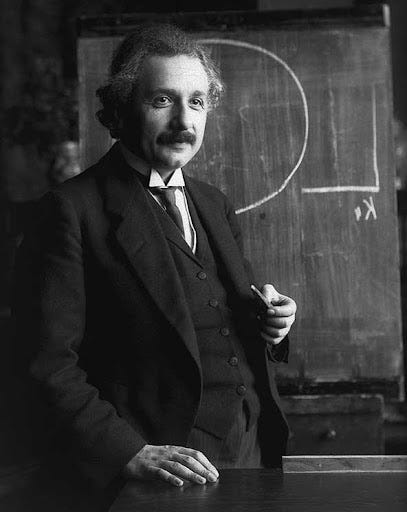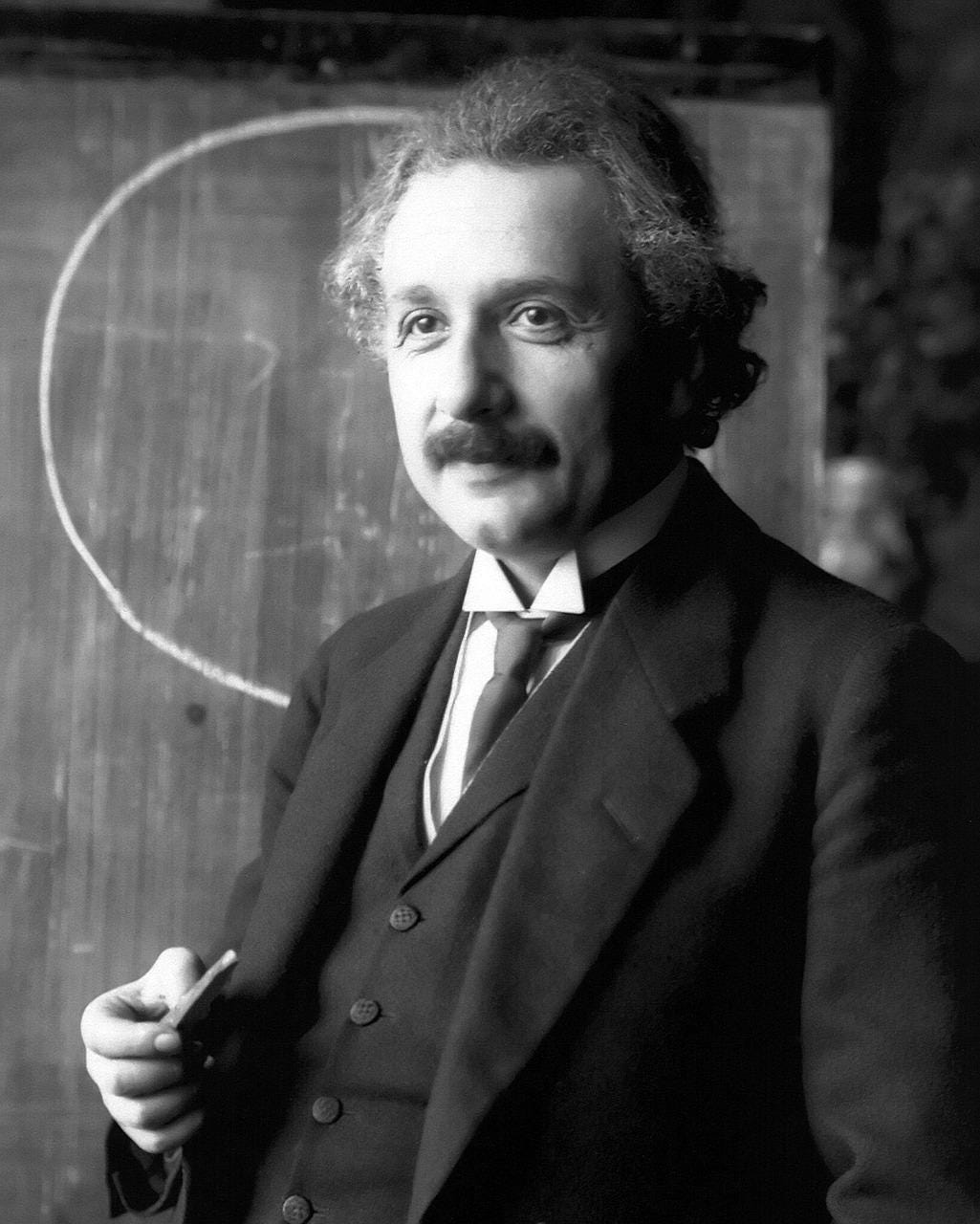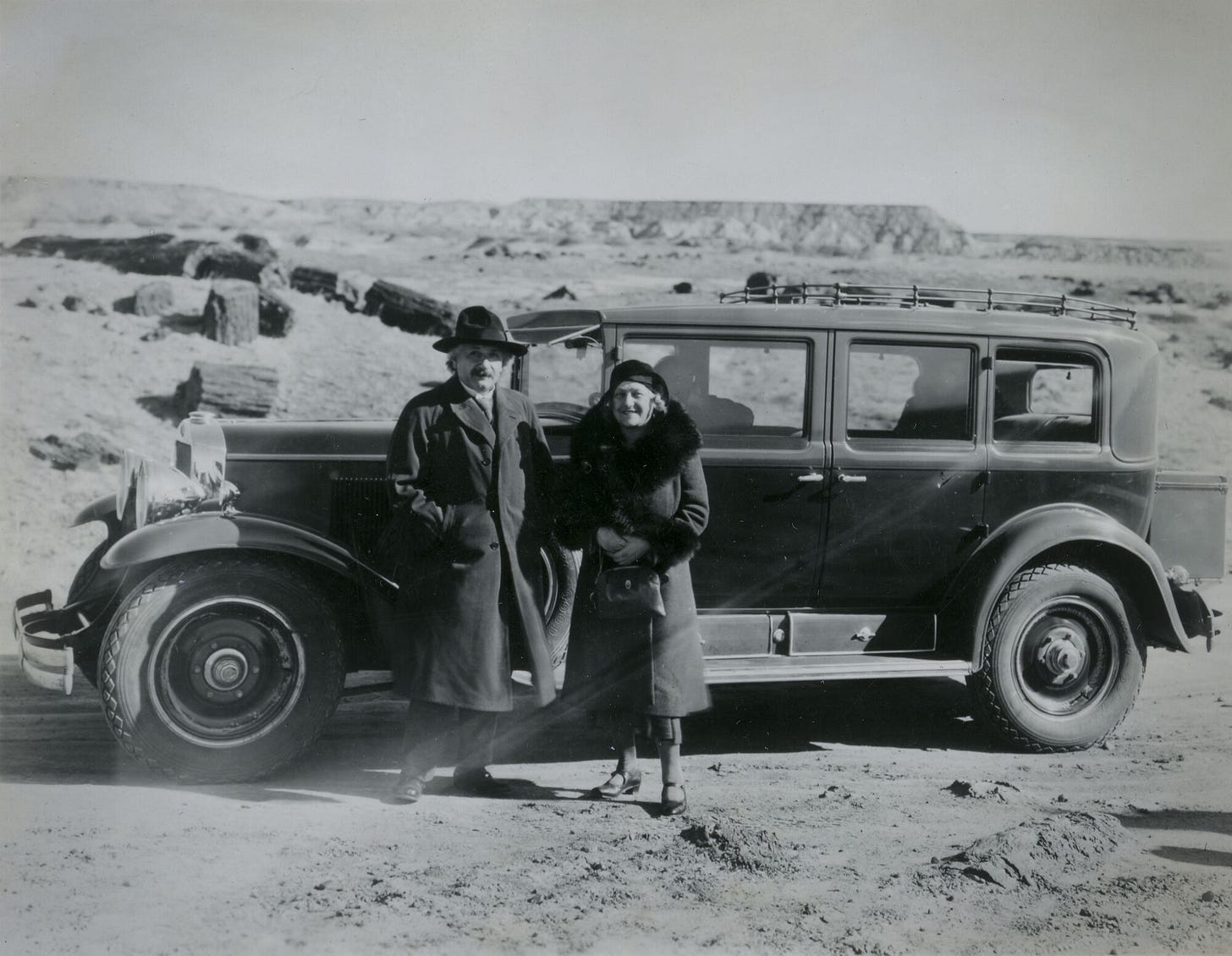The puzzling, wandering stories of the acceptance of the quantum of action, the light quantum and the photon are very different from the speedy legends of special relativity. The methods surrounding special relativity were elaborated very quickly (in the six years after 1905) and they solved a dense complex of major problems with inertial mass, energy, speed, time, the aether and the electron. By 1911, as Sommerfeld observed at that time, special relativity was a non-problematic part of basic physics. On the other hand, it took twenty years for anything about the photon to be accepted at all. It was the Compton Effect that finally convinced physicists that electromagnetic radiation could act like a particle – a “photon” as we now call it. For the twenty years between 1905, when Einstein put forward the idea of a light particle, and 1925 or so with the experimental determination of the Compton Effect, the “light quantum” and the light particle were different theoretical objects.
In one of his papers of 1905, Einstein analyzed the photoelectric effect and put forward the “heuristic” idea of the “light quantum.” This notion of a unit of light that could transfer a single, well-defined quantity of energy or momentum like a particle – in effect a prototypical photon – was not considered a serious possibility by anyone but Einstein for two decades. Special relativity and General Relativity were generally accepted well before the photon was accepted as a real particle. In his book on Einstein, Abraham Pais discusses why it took so long for the particle nature of the light quantum to be accepted. First, he notes that Einstein himself expressed a lot of misgivings and hesitations about it. After all, it was initially proposed as a heuristic idea and not necessarily something that could be isolated by experiment. Second, it was hard to see how the light quantum as a particle could be fitted into the existing structure of fields as described by Maxwell. And finally, it seemed there was no strong experimental evidence of a light particle since all of the quantum effects could be seen as mediated by some kind of waves or tubes in the aether. As we will see, this imagery of some sort of other (more or less aethereal) set of events mediating quantum transitions involving light had a powerful hold on everyone but Einstein up until the acceptance of the Compton Effect.
From the point of view of the twenty-first century, it is very hard to see how Einstein’s analysis of the photoelectric effect could be accepted, but the notion of a light particle could not. To get an idea of what people thought was going on, you have to substitute (as everyone except Einstein did at the time) the usual array of twisty tubes, pulses, bundles and trains on the wave fronts and extra force vectors and whatnot that filled the aether through which even the most relativistic objects were thought to move.
I think for the moment, we can put off looking at the marvelous details of these imaginary disturbances in the aether and reflect on why everyone but Einstein was so emotionally attached to the aether. As I’ve noted elsewhere in this blog, the aether was supposed to explain how the electromagnetic field and other marvels were going to give Science a way of having a non-mechanistic world, ie a world of forces and fields. But the aether remained an indefinite region. Leaving open the question of just what or why this non-mechanistic world was to be was something that ended up as more of an excursion into the epistemology of hopefulness rather than any real set of genuinely accepted events. Just exactly what the aether consisted of was never quite pinned down. In that sense, the aether was the insubstantial stand-in for a general theory of anything anyone ever wanted. It was the ultimate ultra-modern object, the quintessential next-year’s model of everyone’s dreams of a world that not only made sense but was fun to be with. As the writers in Ether and Modernity: the Recalcitrance of an Epistemic Object in the Early Twentieth Century, note over and over, the aether encapsulated for about 50 years (1875 to 1925) all the more impossible hopes of modernity. The aether was absolutely modern and the latest thing in the sense that ghosts banging on tables is demonstratively much more modern than witches causing thunderstorms.
Einstein was not particularly interested in that hopeful kind of modernity. After all, when he got tired of High School in Germany, he just got on the train and left for Italy. Rather than hoping for a better world in his dreams, he just got on the train and left the world he did not like.
In his fourth paper of 1905, Einstein put forward the idea of the equivalence of mass to any kind of energy (e. g. light or mechanical energy – as Miller notes on page 353 – “Miller” being as usual Albert Einstein’s Special Theory of Relativity). So increasing the overall energy of any system should increase its inertia. Weirdly enough, he goes on to demonstrate this equivalence for extended systems without any use of General Relativity. Instead, in a series of papers in 1906 and 1907, he uses the release of radiation, the conservation of momentum, electromagnetic forces, “envelopes,” and the center of mass to show that, no matter how you move or redispose the components (eg. some radiative events inside the system), or add up the forces, the relation of inertia to overall energy stays the same.
There wasn’t a lot of precise information about radiative energy in 1906 and 1907, but there were the newly-worked-out theories of black-body radiation, so some physicists looked at what would happen theoretically if you moved black-body radiation around. Planck summarized these formulations in his 1907 paper “The Dynamics of Moving Systems” which confirmed the coherence and usefulness of Einstein’s relativity. Working parallel to Planck (but avoiding explicitly quantization conditions) in 1907, Einstein rederived the mass of energy within an “Envelope” (Miller’s word for the construction, page 363), and again noted that the inertial mass of a system (in an envelope) was equivalent to its energy. In that context, Planck brought up the mass loss and the resulting radiant energy involved in radioactive decay. Einstein noted (as quoted by Miller on page 362), “In radioactive decay the quantity of free energy becomes enormous.” And from there he moved on into what that implied about how gravity worked. We will depart from his efforts in that direction and instead pursue the wanderings of his next revolutionary idea: the quantum energy of light, which will bring us to the Compton Effect and eventually the mysteries of the mesons.
Meanwhile – how was Special Relativity resolved so that it could be a standard part of phenomenological approaches in physics?
After Minkowski and Sommerfeld worked out the basic mathematics of the different kinds of intervals involved, the final completion of the theoretical picture (as Janssen and Mecklenberg point out in their “Electromagnetic Models of the Electron and the Transition from Classical to Relativistic Mechanics”) was due to Max von Laue in 1911. Von Laue showed that Minkowski’s “world tensor” could include the properties of physical systems under any kind of forces, not just the electromagnetic forces as Minkowski had originally intended. Thus, in 1911, using the world tensor formalism, von Laue could simplify the work of Planck and Einstein from 1907 when they had used “envelopes” and long series of direct Lorentz transformations to show the relativistic coherence of forces in physical systems. Von Laue also showed that because, in relativistic terms, the volume of an energic element was not the same from all points of view, questions of how the electron deformed and describing it as a point particle were all equally misleading. The world tensor also provides a way of picturing Poincaré Pressure as a stress or force included in the world tensor of the electron rather than as an interaction with the aether
.









